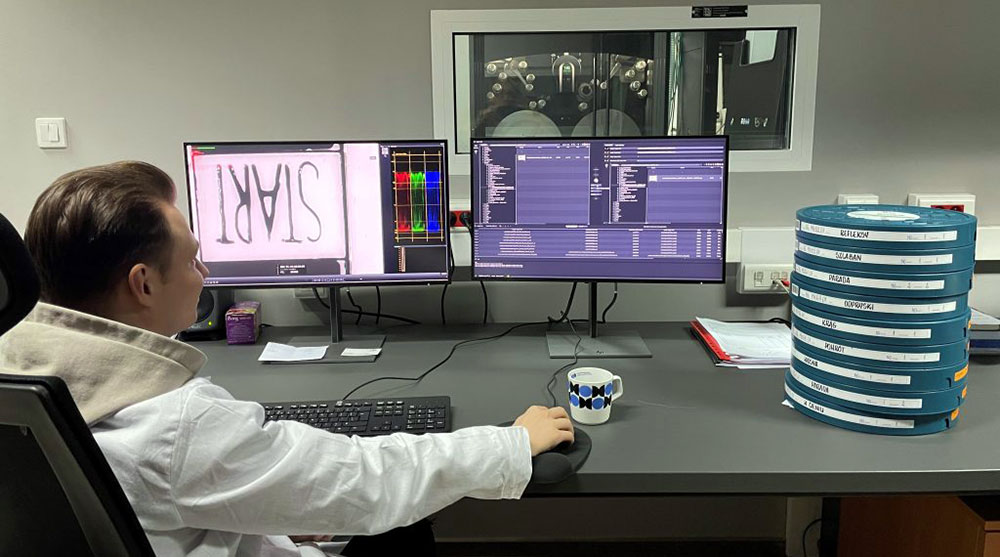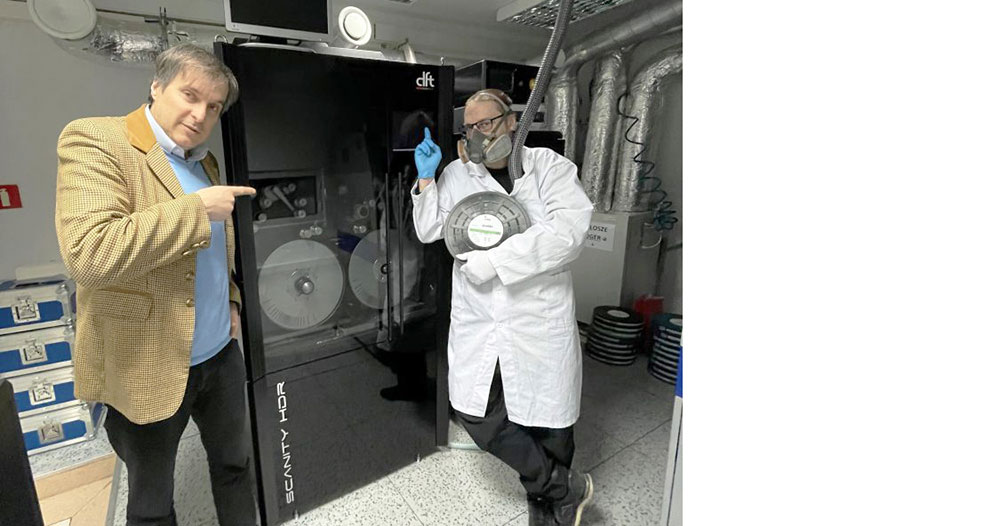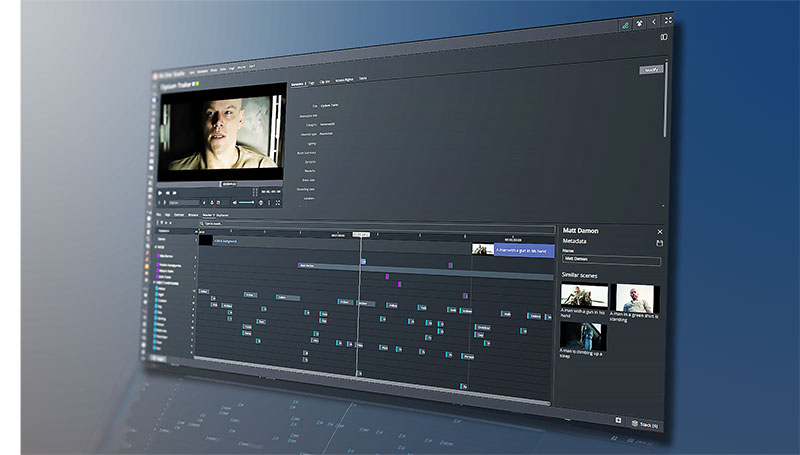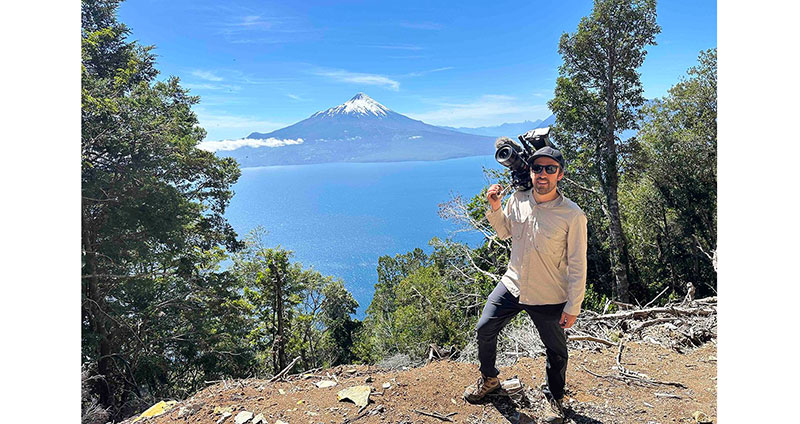The DFT Scanity 4K Scanner, with a WetGate system, contributes to digitising, restoring and promoting Polish audiovisual heritage at FINA, now one of Europe’s largest film archives.

Piotr Wyzykowski using the DFT 4K Scanner GUI.
The Polish National Film Archive (FINA), Filmoteka Narodowa Instytut Audiowizualny, has recently installed DFT’s Scanity film scanner at its facility in Warsaw. Established in 1955, FINA was the first movie archive in Europe.
The collection of film tapes and archives gathered in FINA is now one of the continent’s largest. Tasked with digitising, collecting, restoring and promoting Polish audiovisual heritage, FINA’s collection includes all Polish movies including a large collection of pre-war movies.
Digital Poland
As part of a major initiative called Digital Poland, which was co-financed by the European Union, FINA has invested in a new 4K film scanning facility, which includes DFT’s Scanity 4K film scanner with the WetGate system for both 16mm and 35mm film. The new facility has so far worked on hundreds of film materials, many from the nitrocellulose film collection, which were at risk of loss due to the progressive decay of the media. Nitro film is both highly flammable and deteriorates over time unless stored at low temperatures.
Tomasz Pisula, responsible for the implementation of Digital Poland at FINA, described the new 4K facility. “Over the course of 17 months, we made digital copies of 200 films, including seven full reconstructions,” he said. “Previously, the National Film Archive performed only one to two reconstructions a year.”

FINA's Olgierd-Grodzki and Piotr Wyzykowski with the DFT Scanity 4K scanner.
The facility undertook a number of tests to determine whether DFT’s Scanity film scanner was the most appropriate approach to preserving their archive. Paweł Śmietanka, FINA’s Head of the film digitisation and reconstruction, talked about why Scanity was chosen. “We needed a film scanner that could manage 35mm and 16mm film materials ranging in condition from good to very damaged,” he said.
Wet Gate
“The system needed to be uncompromising – combining scanning speed and image quality, with proper respect for the film material. Although we had experience in working with other systems, none of them were able to combine speed, quality, gentleness and efficiency when working with very damaged film materials from the early days of cinema.”
The Wet Gate mechanism gently passes the film through a fluid tank and submerges the film in a liquid with the same refractive index of the film. As the film is submerged, the fluid fills in surface imperfections, such as scratches and other damage. When the film is dried and scanned, the imperfections have been minimised. This system avoids the complexity of vacuum systems, which may introduce further issues on the film scanning surface, such as air bubbles. Also, because the WetGate is an integrated part of the scanning process, film is simultaneously restored and scanned at close to real time transfer speeds, saving time and steps.

Pawel Smiertanka and Olgierd Grodzki.
100 Films Per Year
“FINA will be primarily scanning 16 mm and 35 mm film materials, image negatives and positive copies. As we have an extensive film collection from various eras, our current focus is on materials that we have been unable to access so far due to their state of deterioration,” Pawel said. “Our plan is to use Scanity to digitise about 100 feature films and five to 10 films from the cinema of the 1920s and 1930s each year, as well as ongoing archive work.”
“So far, after three months of working with DFT’s Scanity, our operators are having a lot of fun! The scanner is straightforward and easy to use, the interface is stable, and the quality of the scanned material can’t be faulted. Even materials that are heavily damaged and scratched, such as those from our 1920s and 1930s nitro collections, are scanned very quickly and cleanly using the Wet Gate system, which simplifies and speeds up the digital reconstruction process.” dft-film.com



















